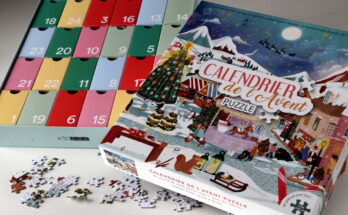Death is a part of life, but managing the grief of losing a loved one is not easy, and the death of a pet is no exception. When you live with an animal for years, it becomes part of the family. The end of life can be an opportunity for parents to accompany their children with the aim of teaching them to manage a situation that they will have to experience several times: pain. “When a pet dies, it is a good opportunity for children to familiarize themselves with the topic, always with empathic support and validating their emotions. That is, allowing them to express openly what they feel without judging them,” explains family psychologist Diana González.
González emphasizes the importance of accompanying the child in the process of understanding that emotional pain is natural: “It is essential to overcome grief, so we must avoid comments that confuse him, such as ‘you shouldn’t feel like that’, or avoid euphemisms, such as ‘he fell asleep’ or ‘he went on a trip’.”
The messages to be conveyed to the child to help him understand the situation must be direct and clear. “For example, saying the name of the animal and that its body has stopped functioning. It is the way to open a space to share and welcome what death means”, continues the expert. “It’s about listening with respect, without interrupting, to put yourself in the other person’s shoes and accompany the emotion calmly,” he adds.
Every child experiences the end of life differently. This is an individual problem that depends on many factors. “They must consider previous experiences, emotional maturity, the type of bond with the animal, the age of the child or the support of adults in the environment,” says Félix Zaragoza, psychologist and professor at the Alfonso X El Sabio University of Madrid. “When they are very young, they have a limited understanding of death and may think that the deceased will return or that they are sleeping, which can cause frustration or anxiety,” she says. “Older children better understand the irreversible dimension of death, which is why they may feel deep sadness, guilt, anger or fear of other losses in their immediate environment, such as parents,” adds the expert.
One of the ways you can teach your child to manage and transcend the situation is through rituals. “It involves carrying out farewell ceremonies in which the child participates, such as drawing a picture, planting a flower, writing a letter to his pet or saving his photo”, advises Zaragoza, who also indicates stories as a precious tool for training minors in understanding death: “They are used so that they can identify with the characters in the story, express difficult emotions and assimilate abstract concepts such as the absence from a place in which to distance themselves from the situation in order to, in a symbolic way, for example with metaphors or images, be able to better understand reality.”
While it is ideal for the child to be included in the grieving process as a member of the family, there may be situations where it is appropriate for them to remain more distant. “For example, in the case where the animal died in abrupt conditions, such as a collision, when it has to be euthanized or if the adults in the environment cannot keep calm and emotional overflow occurs,” continues González.
The age and personal situation of the minor at the time of the loss are also factors to take into consideration in order to involve him more or less. “This is the case for younger children, between three and four years old, because they do not yet understand the concept of death, or if they are experiencing a complicated emotional situation, such as the separation of their parents or the recent death of a family member,” explains Zaragoza. However, overall, the experience of losing a pet can provide great learning. “It is usually children’s first confrontation with death, where they can explore finiteness and resilience, because it is not just a sad experience, but a profound lesson about life, love and acceptance, which offers the opportunity to grow emotionally,” says the psychologist.
Adults can make the mistake of underestimating the child’s pain in saying goodbye to their dog or cat. “Maybe they hope it will pass soon, but the reality is that there is no standard time, because everyone has their own circumstances and they must be respected,” he continues.
Can having another pet make the grieving process easier? “The reality is that it is not advisable to have another immediately, at least without giving time to process the loss, because the bond is irreplaceable,” says the psychologist. “The bond between a minor and his pet can be very deep and has great emotional, affective and educational value,” continues Zaragoza, “for him it is not just a pet, but another family member, a friend and a confidant.”



